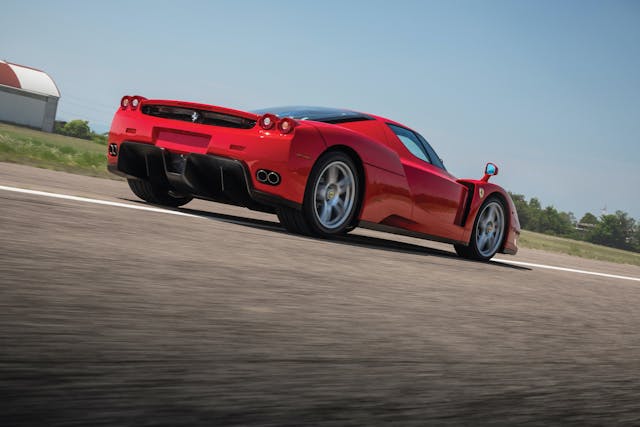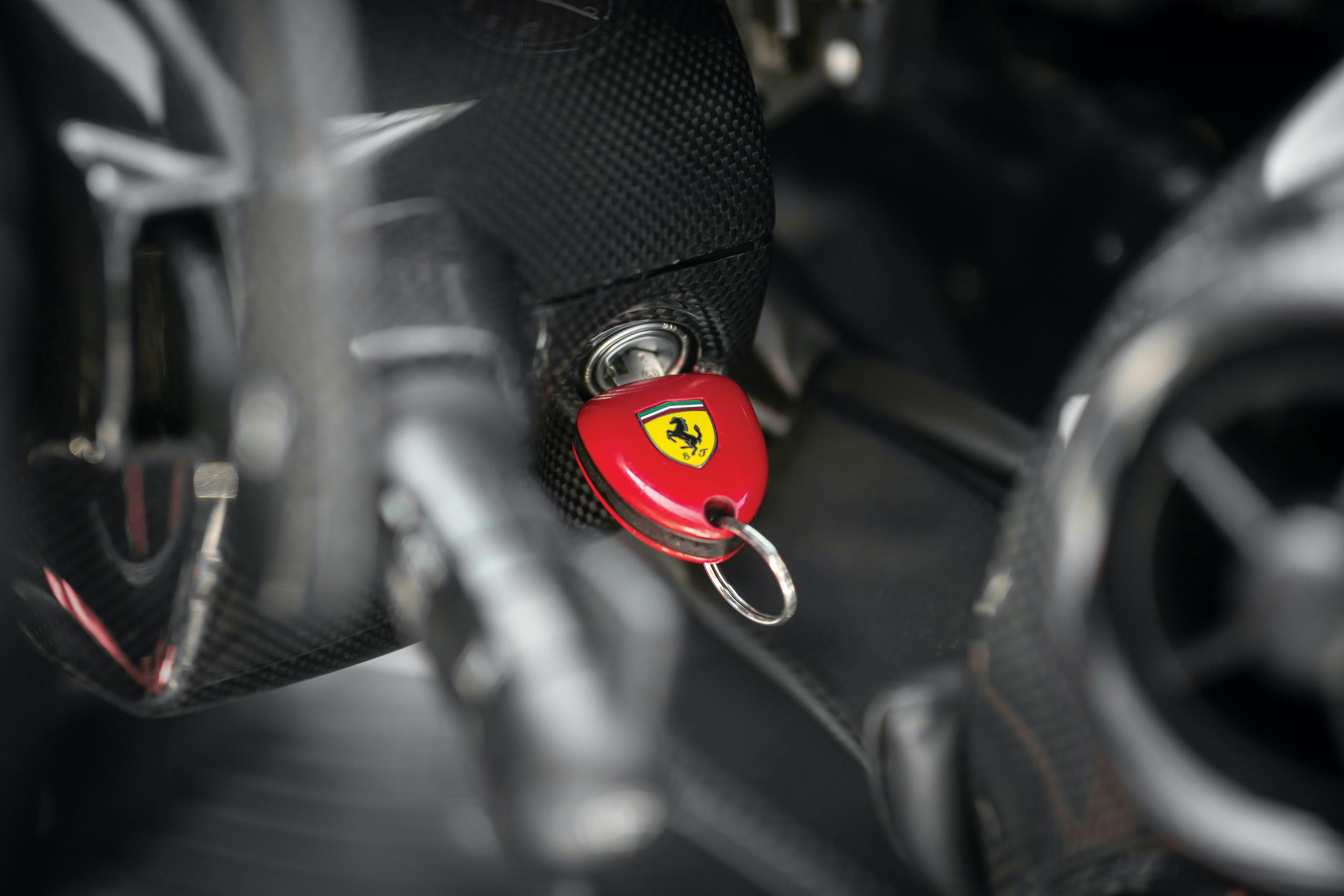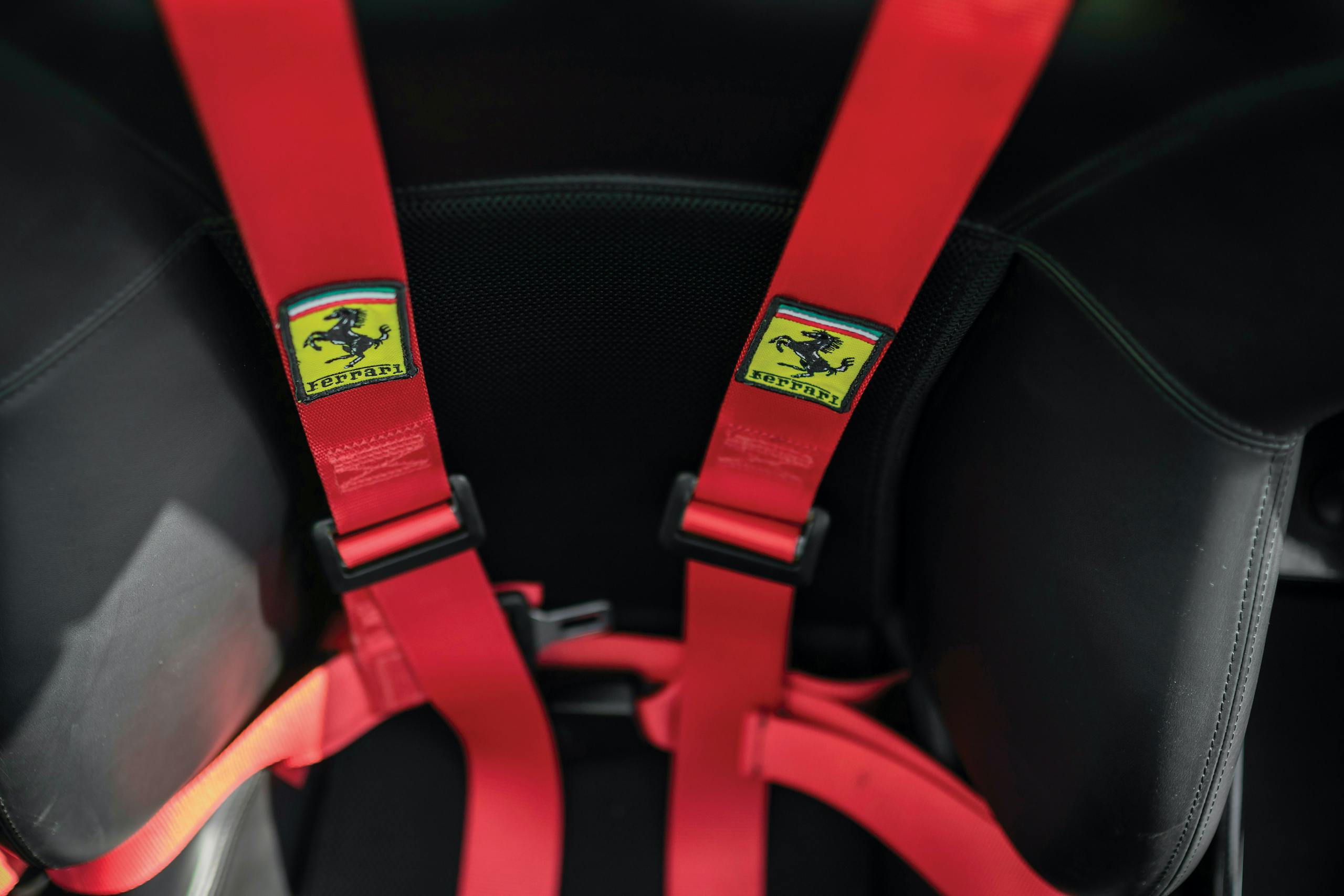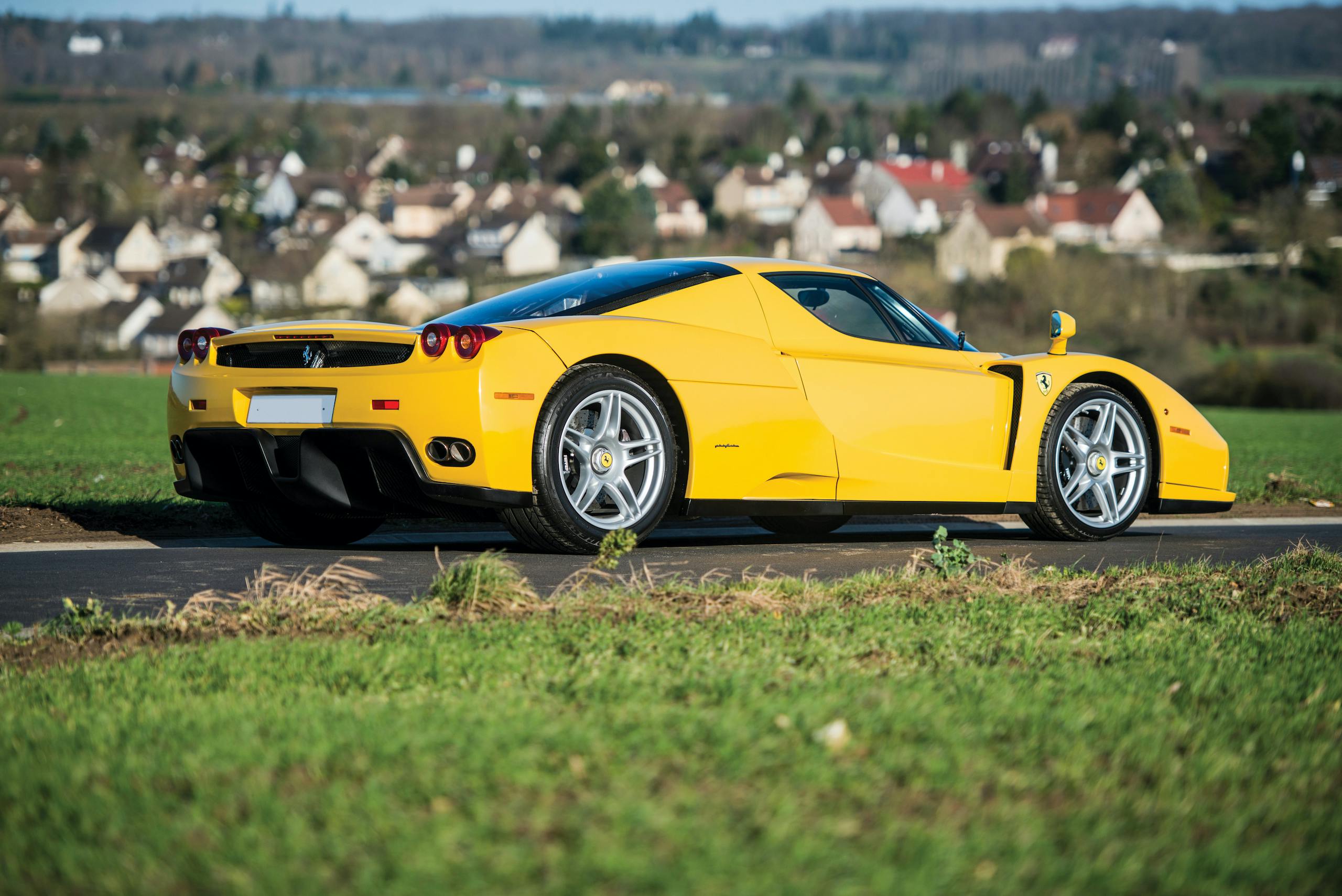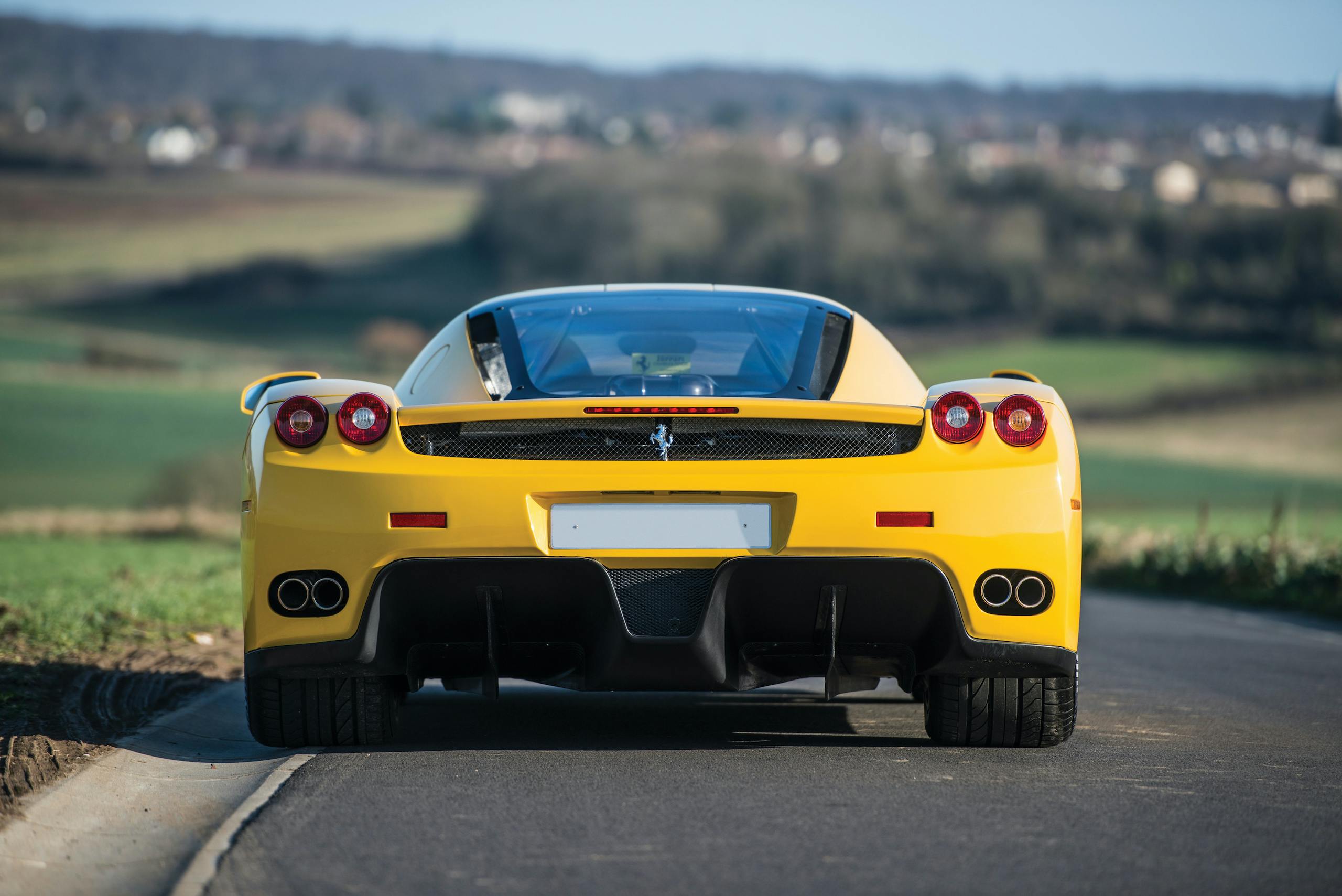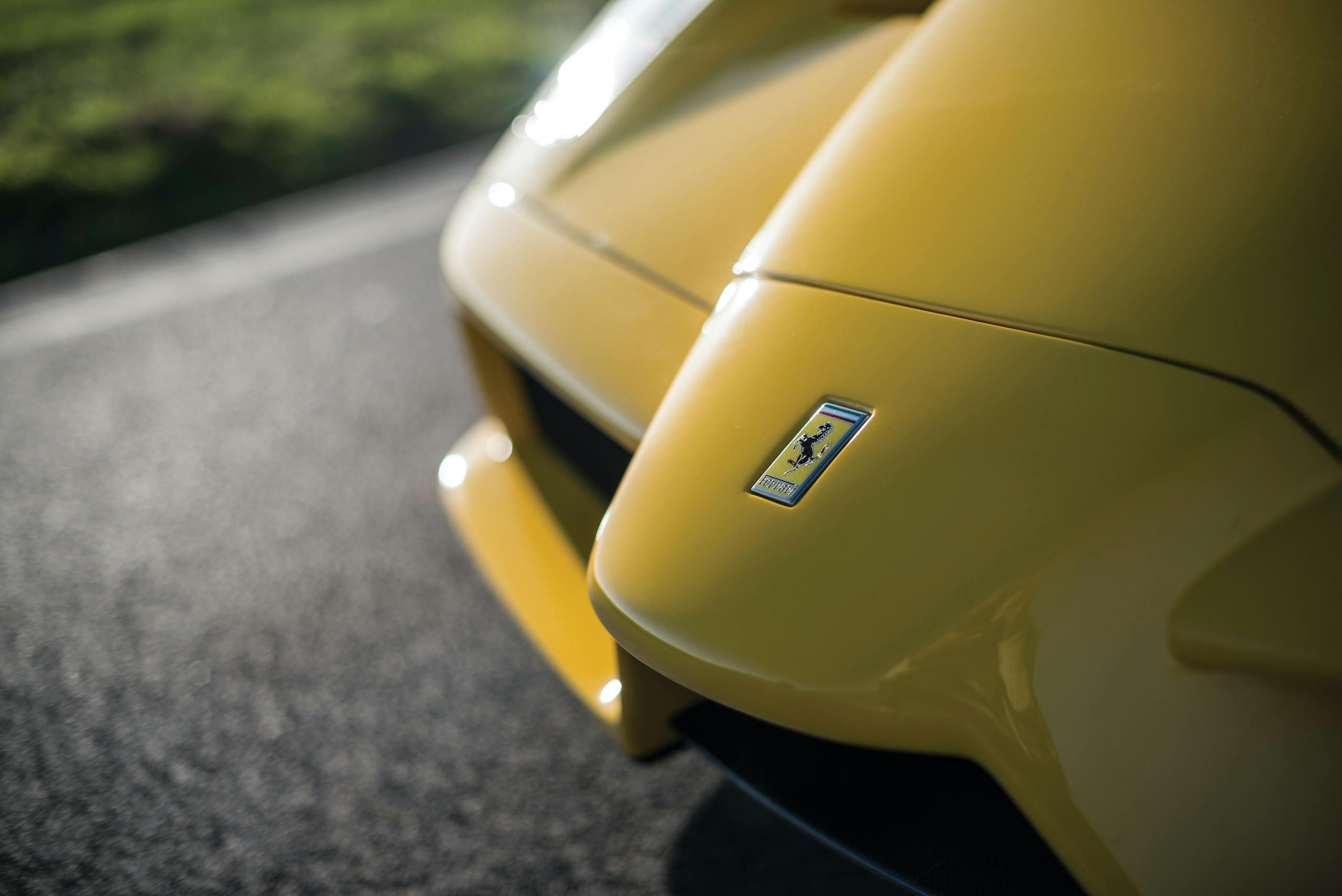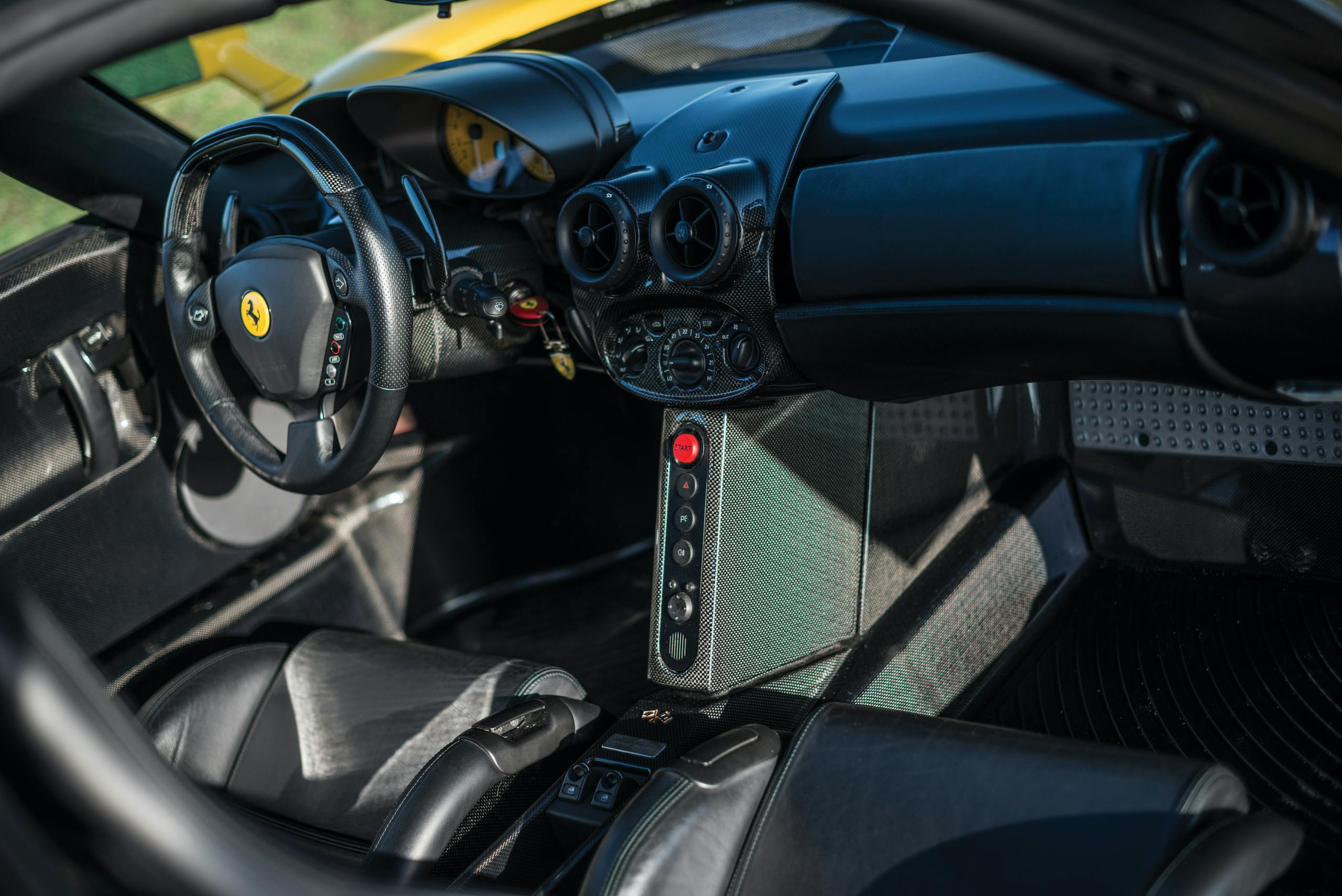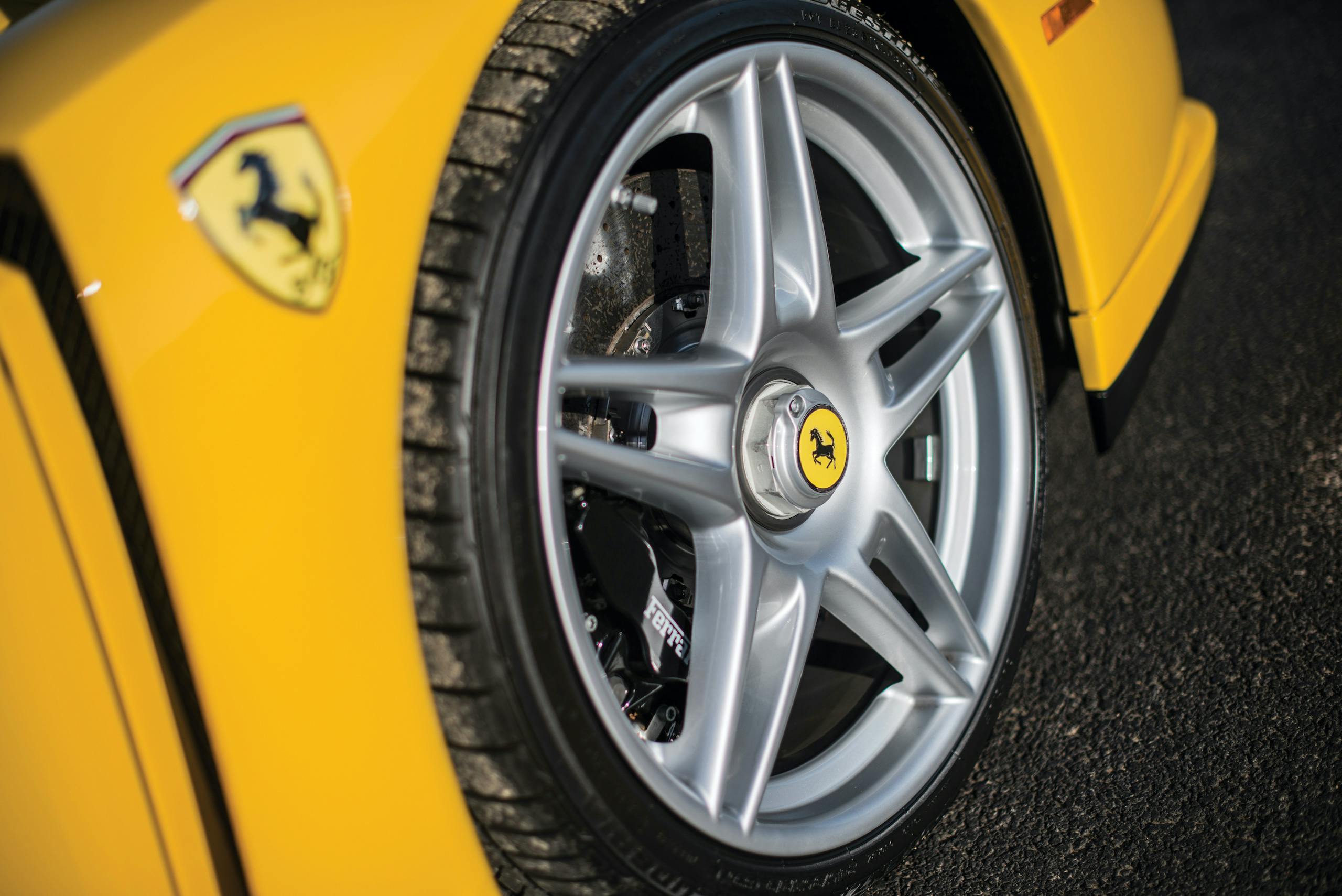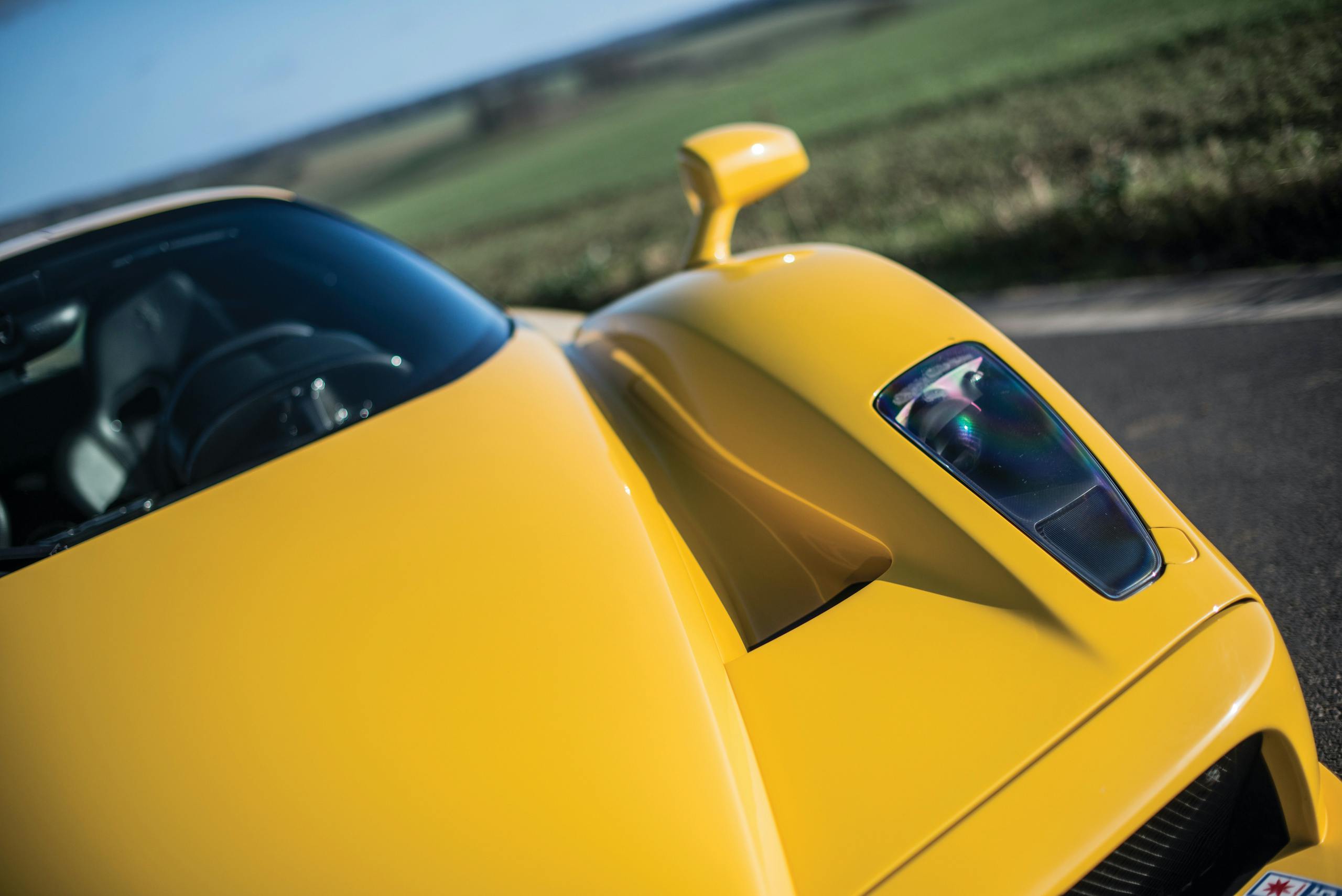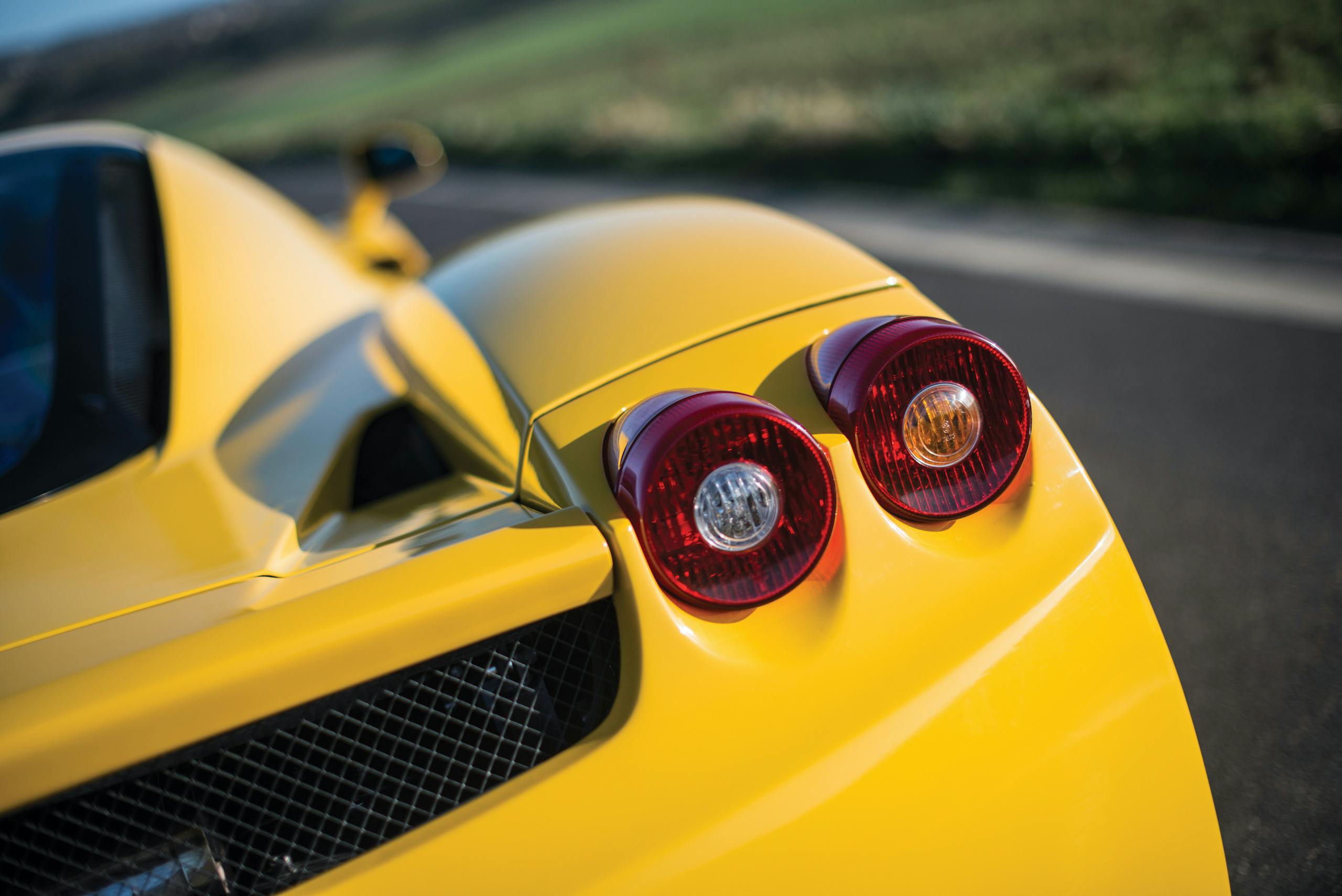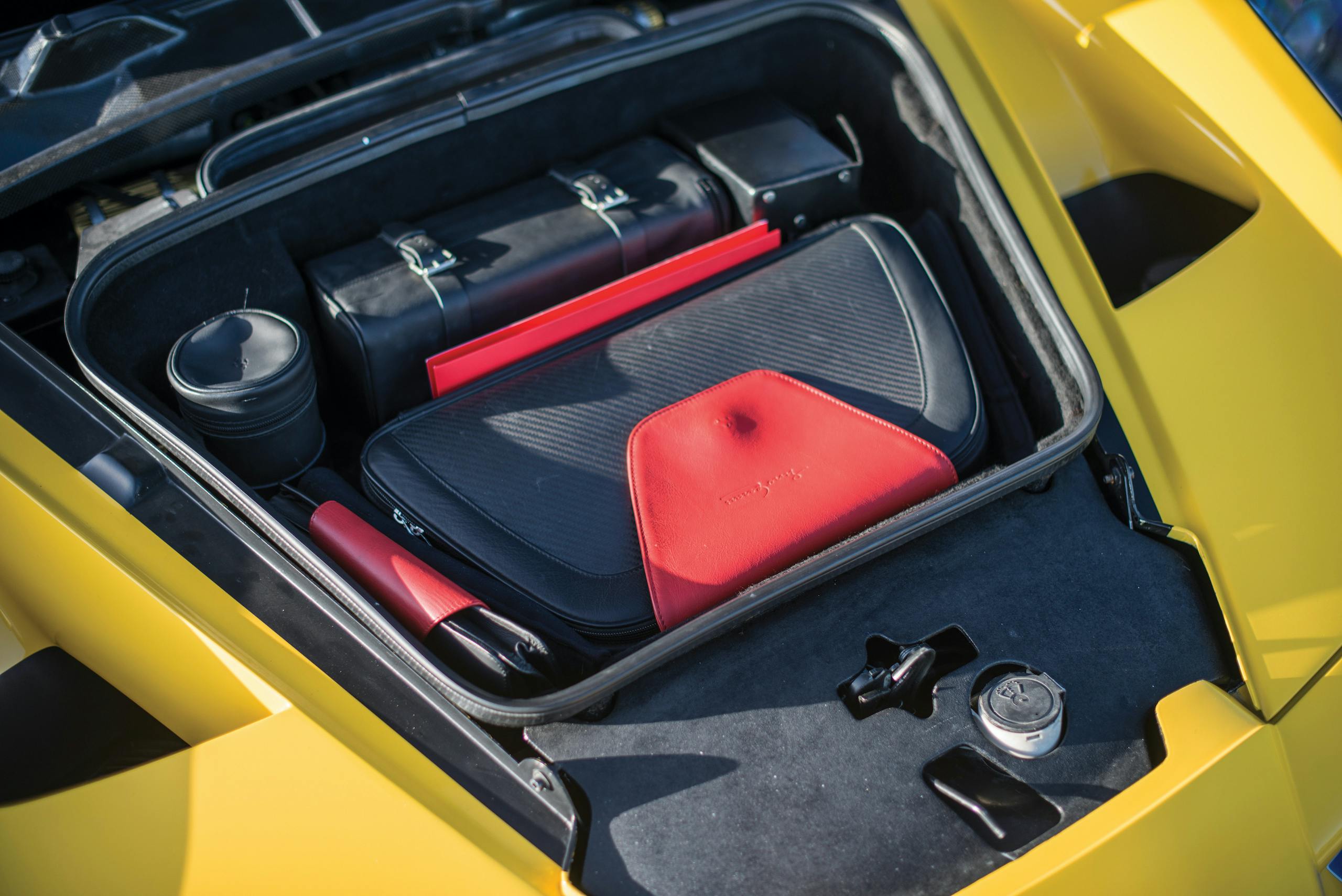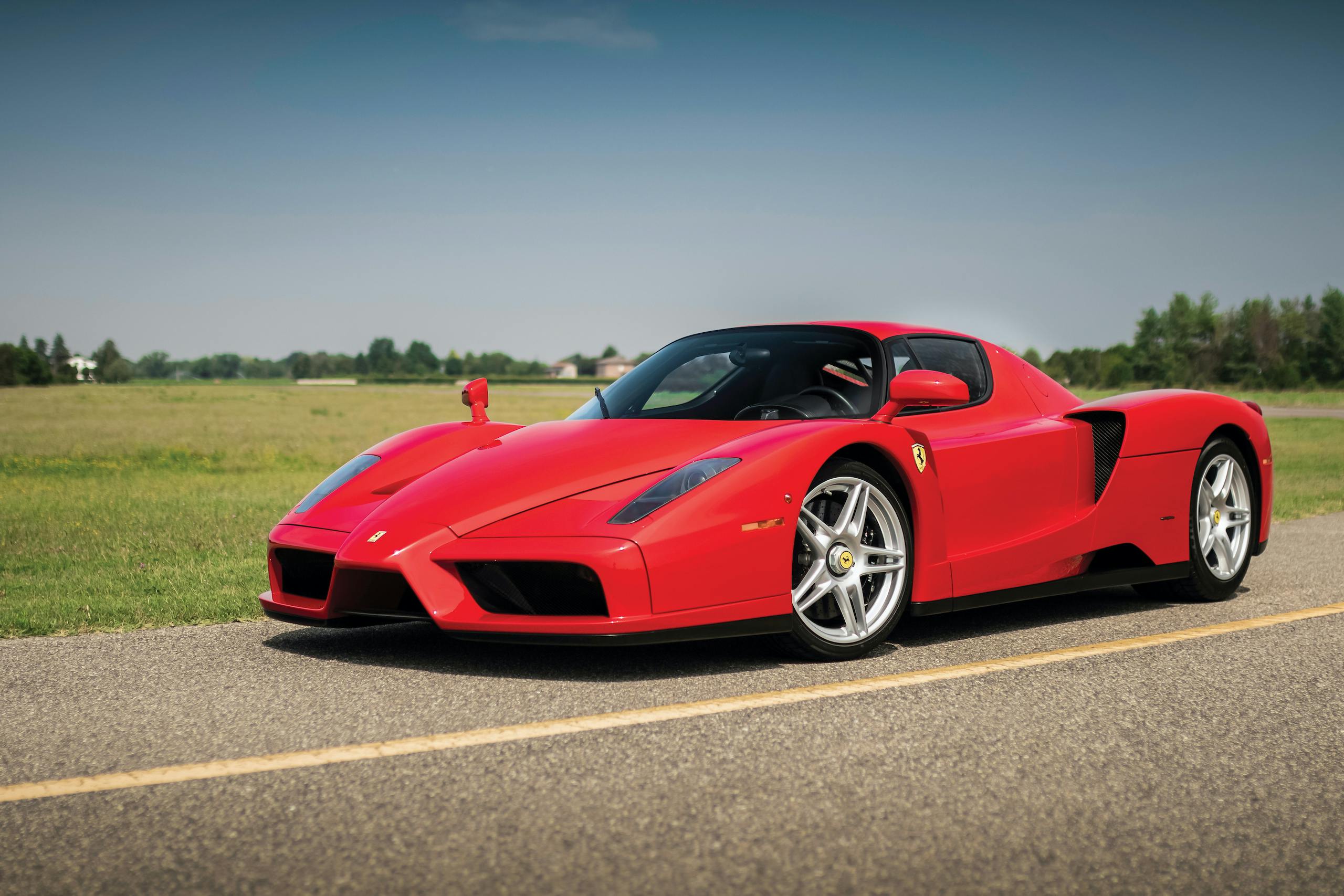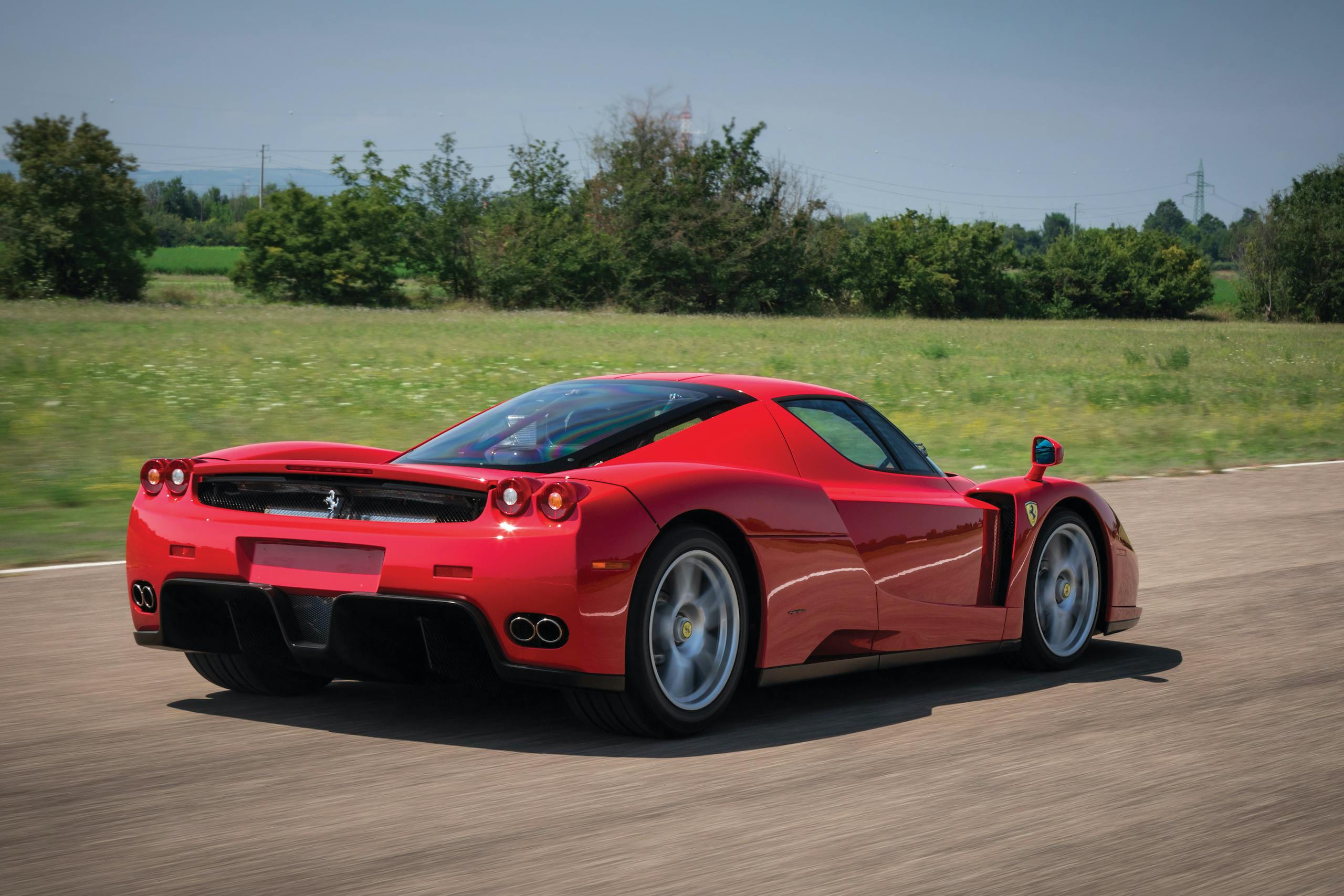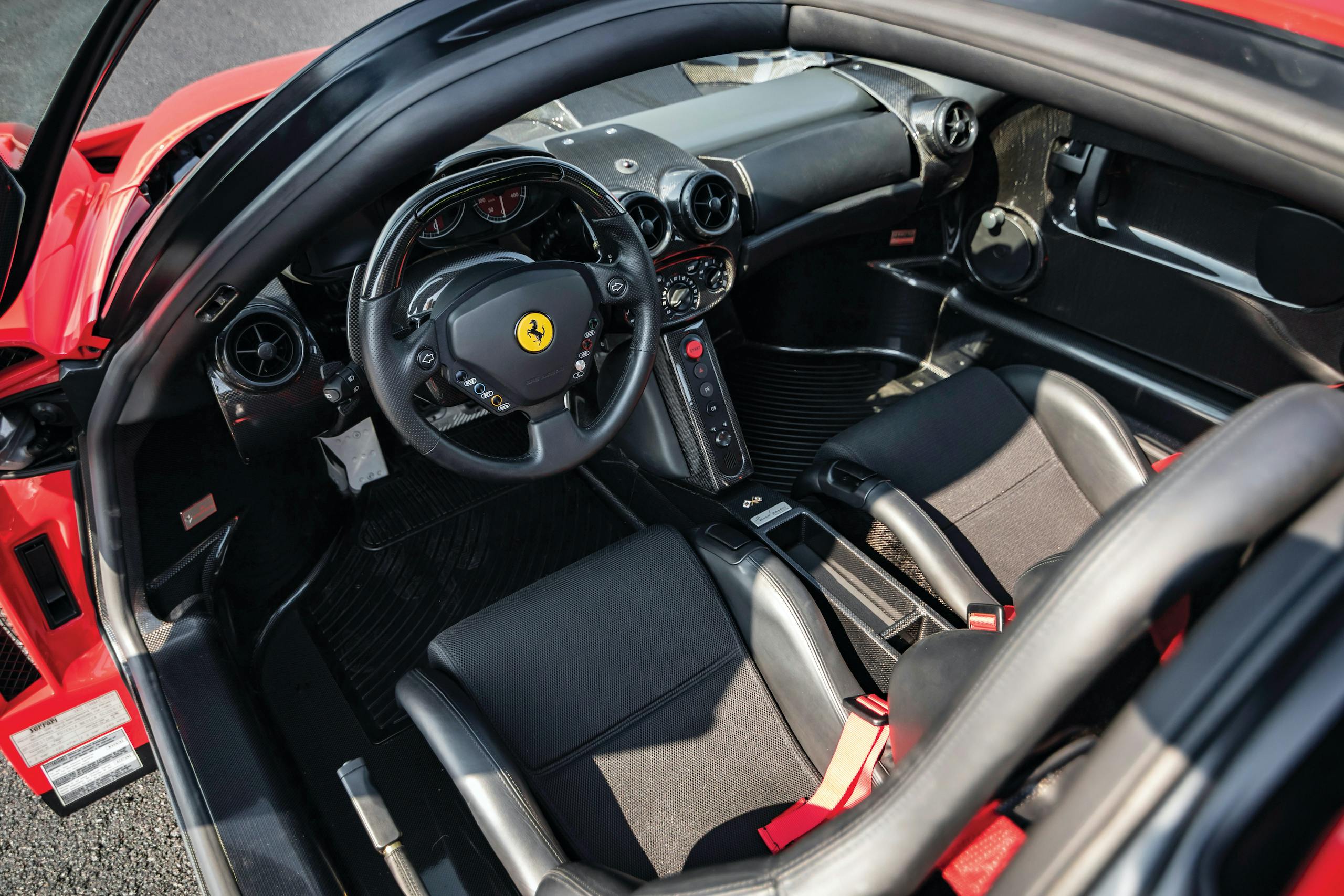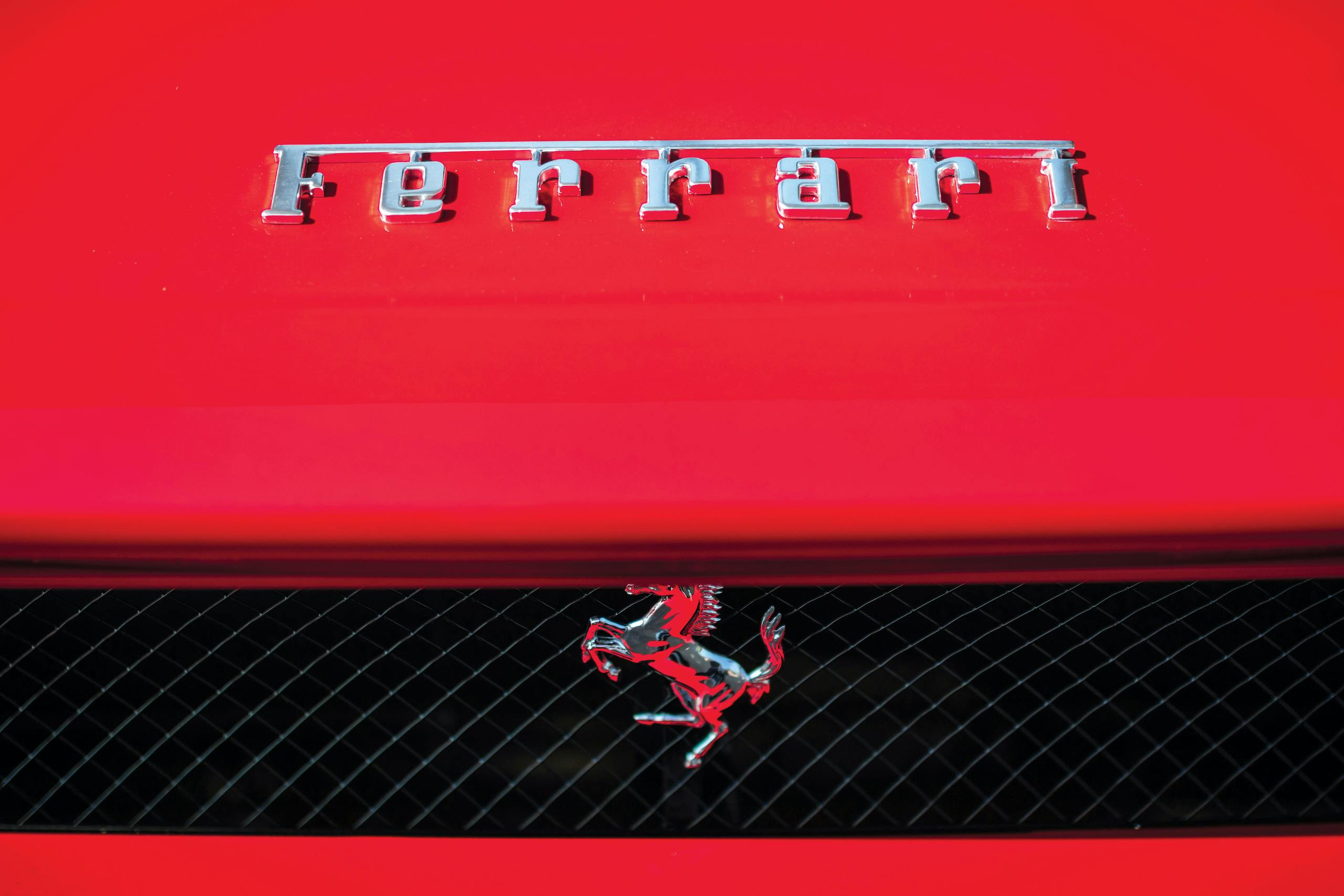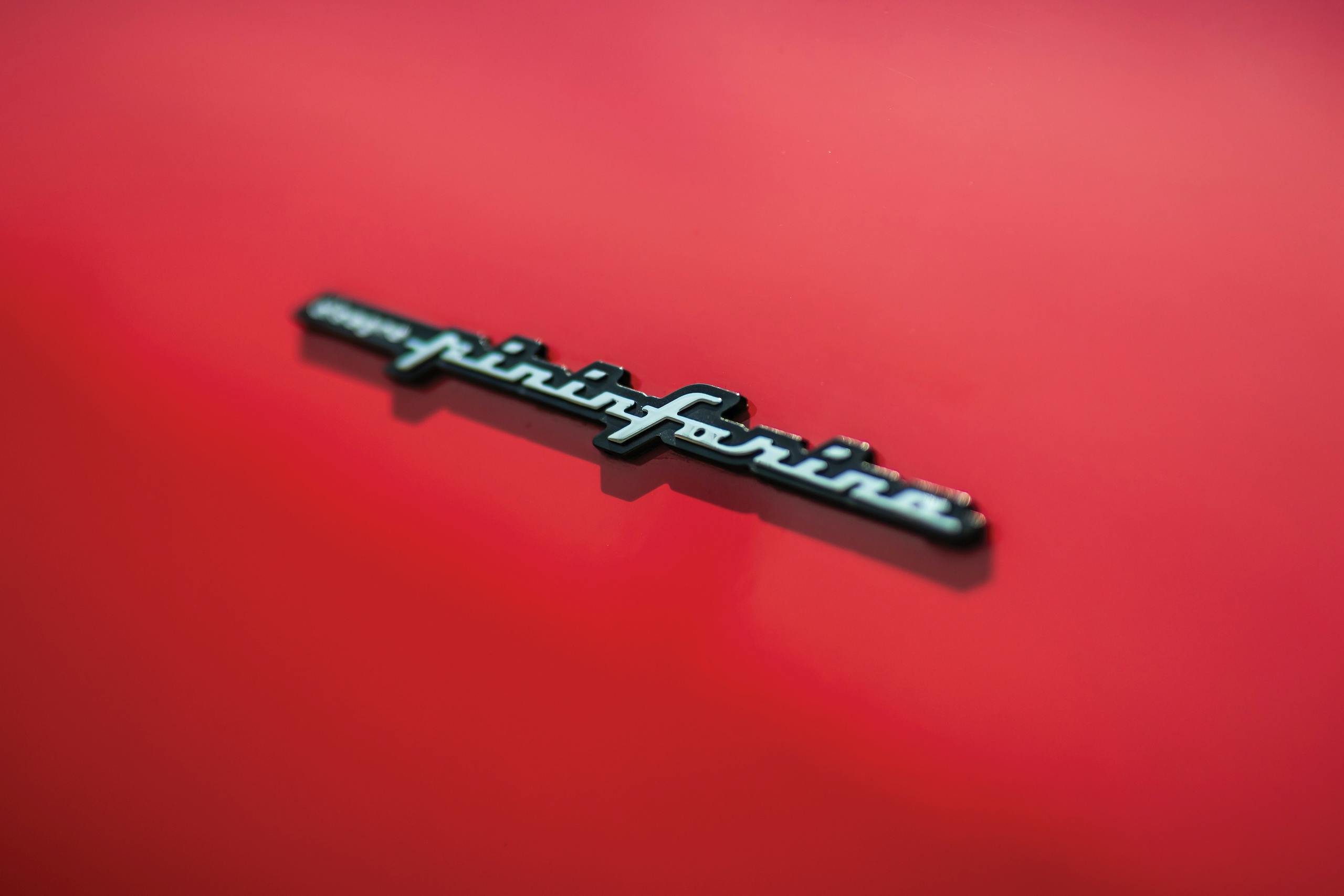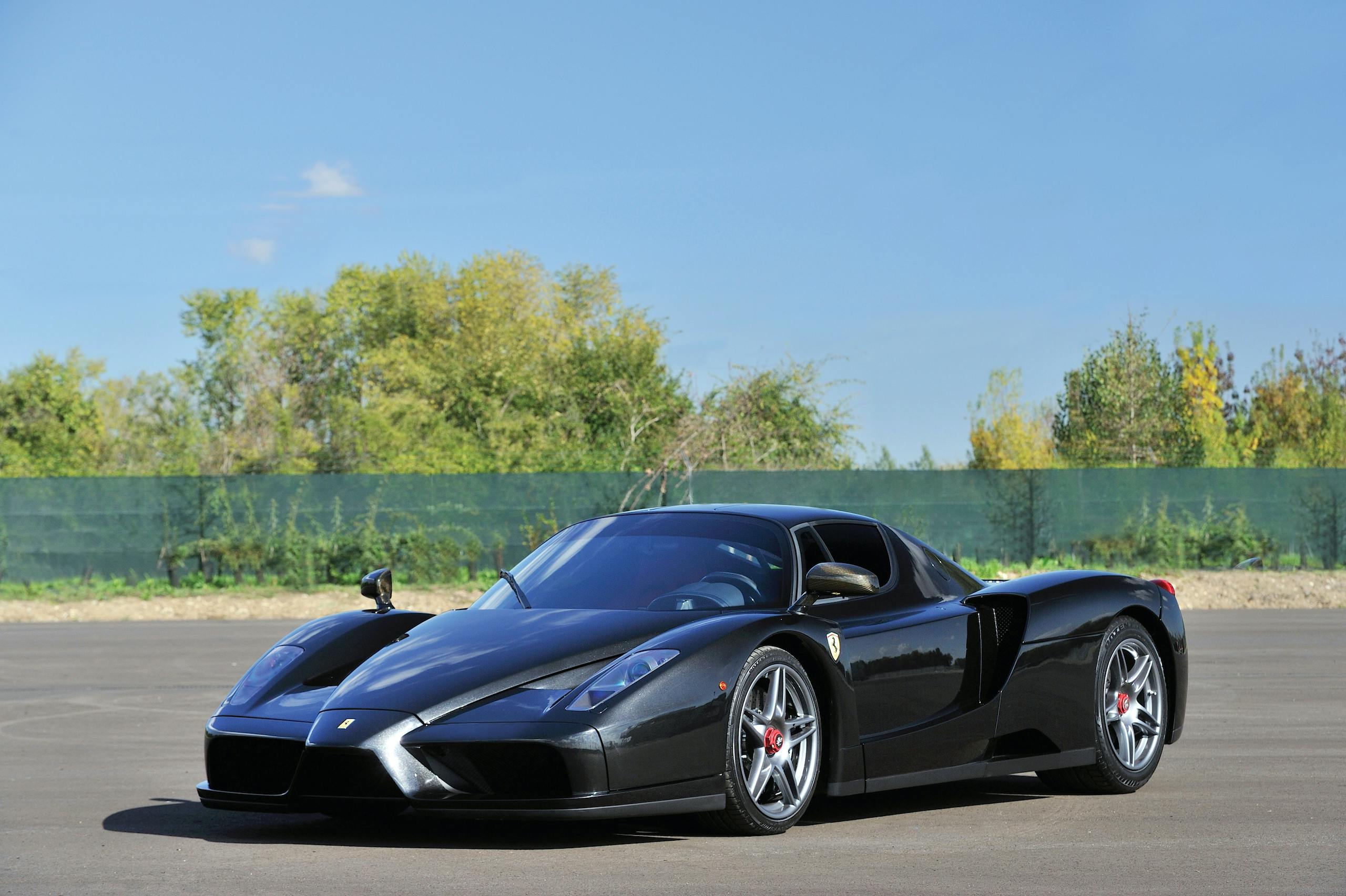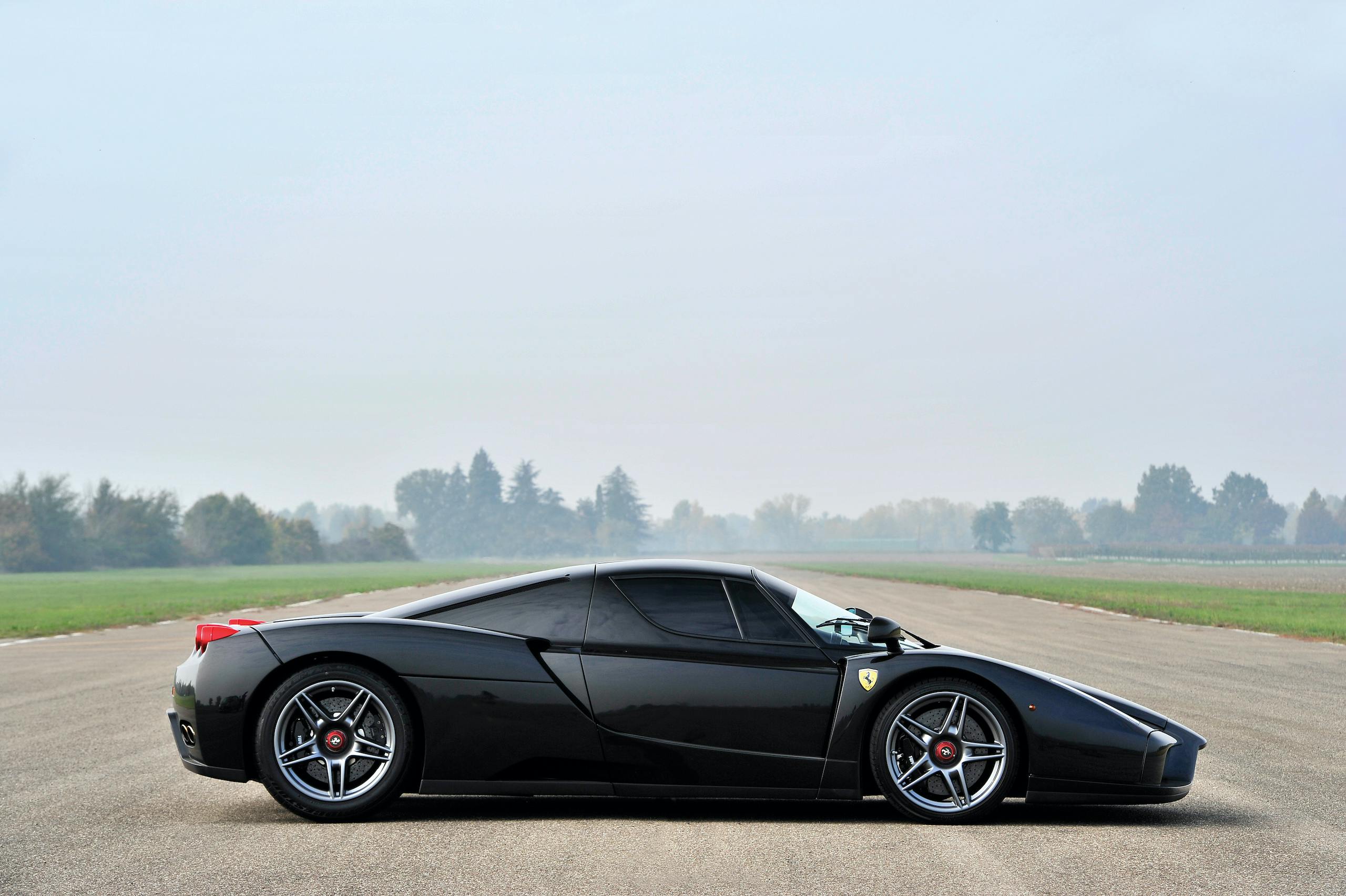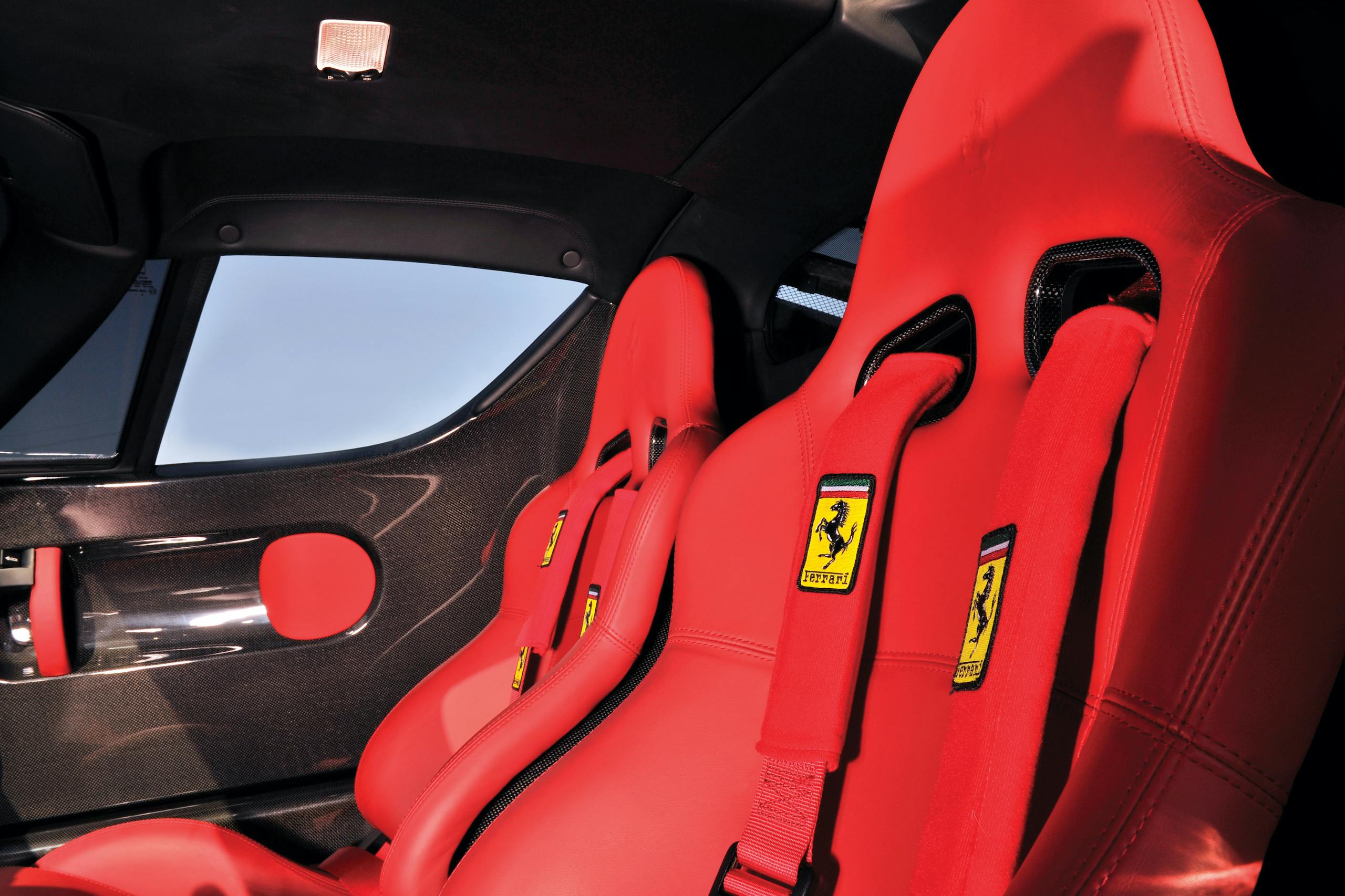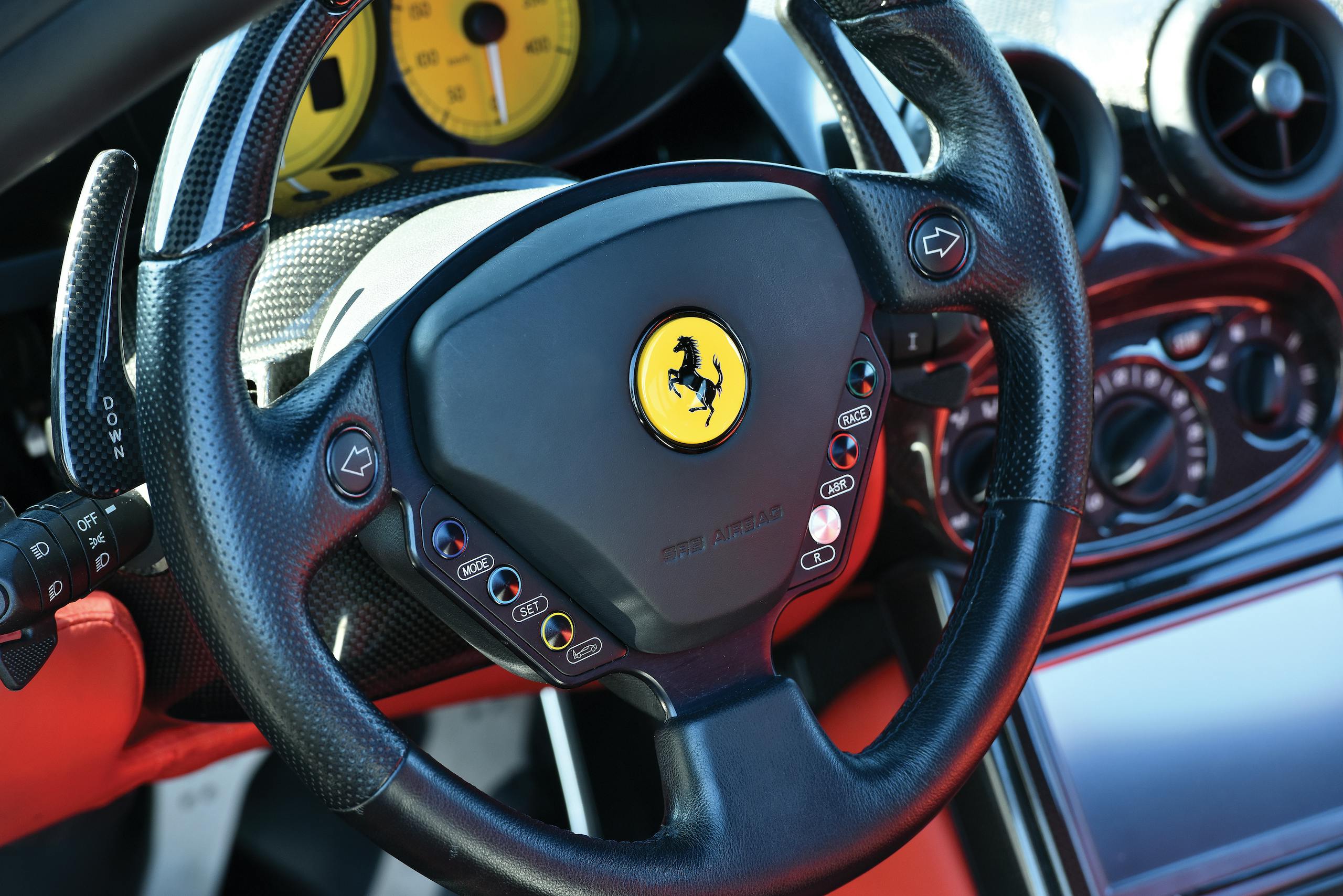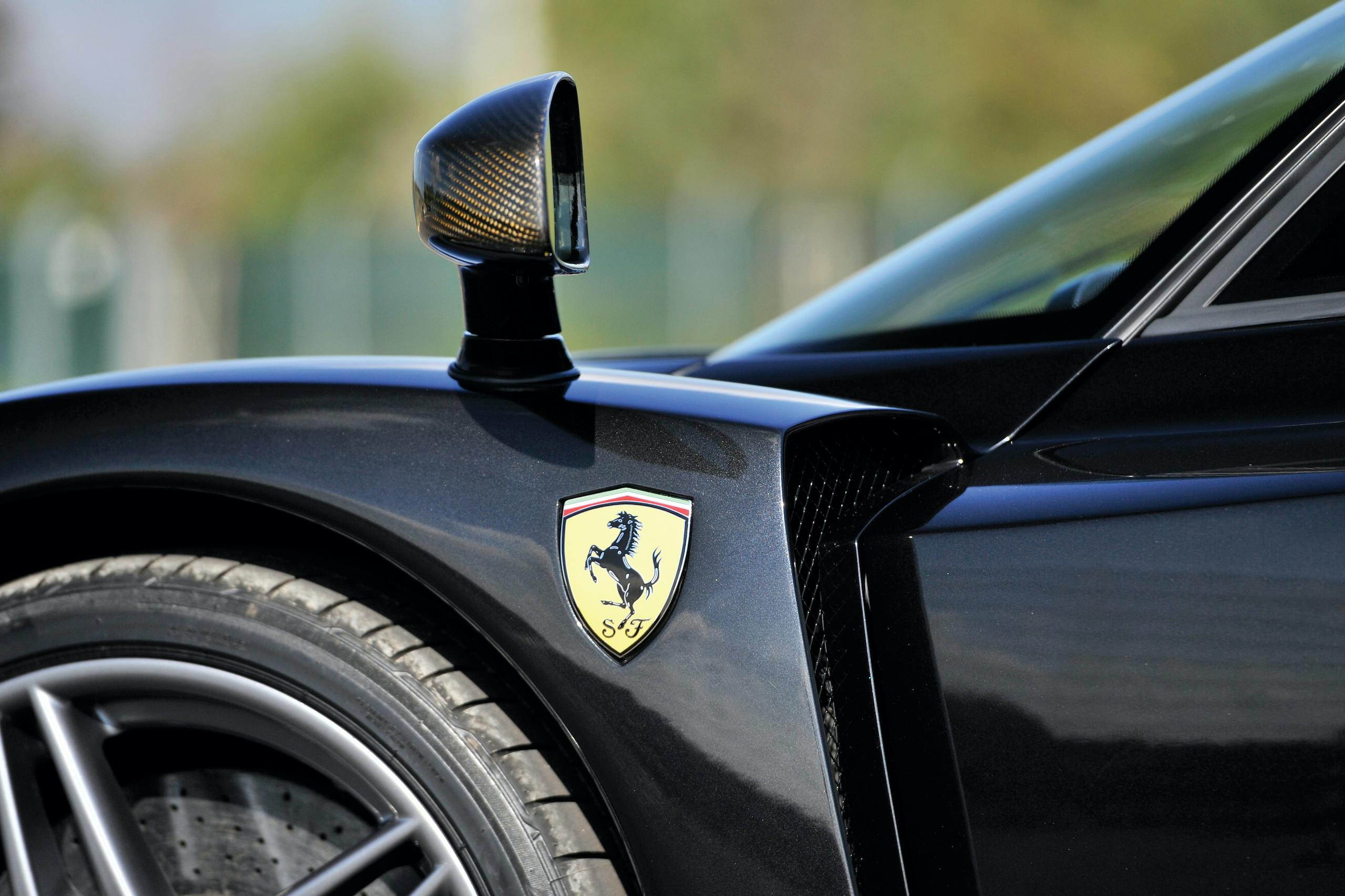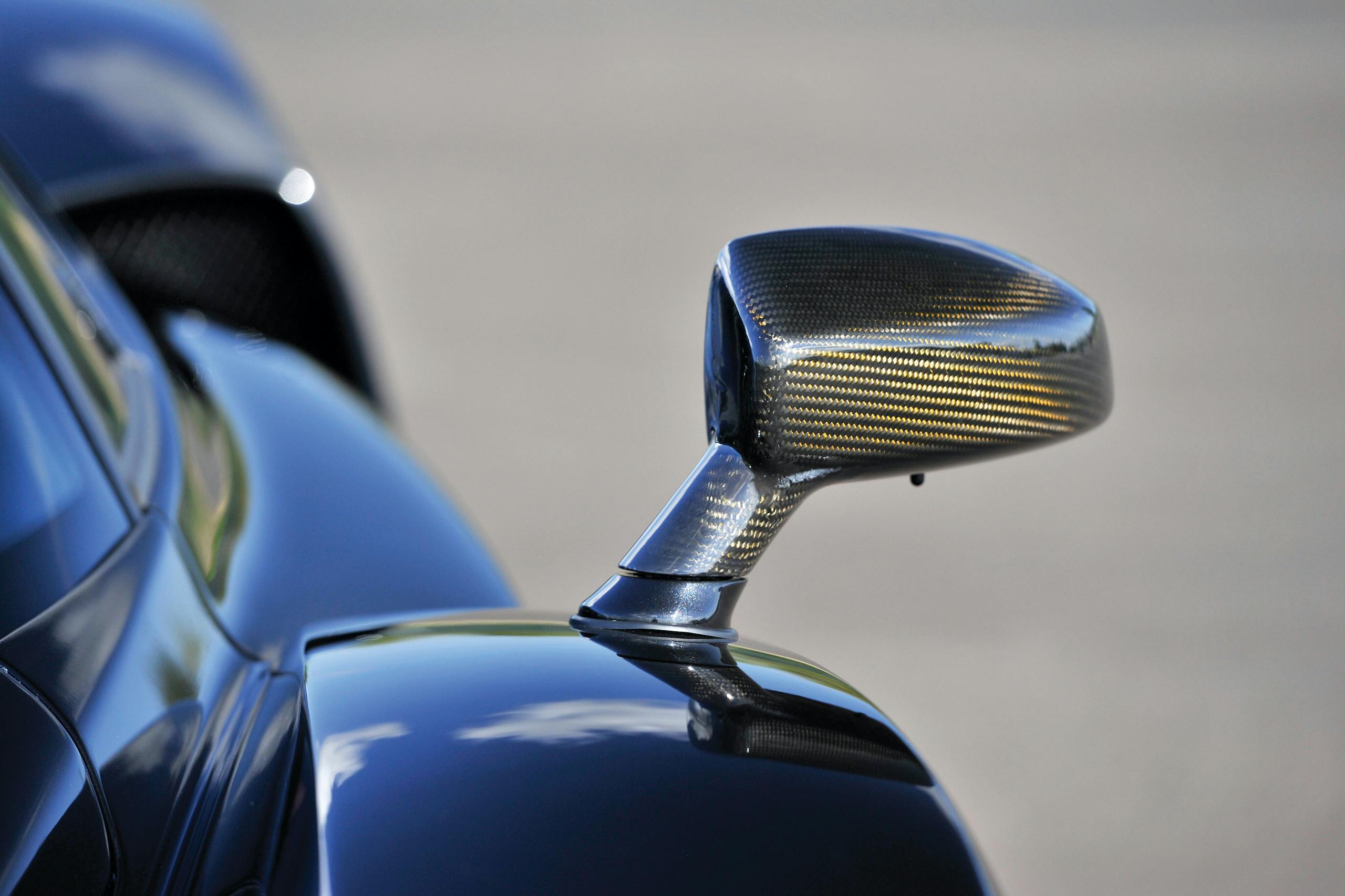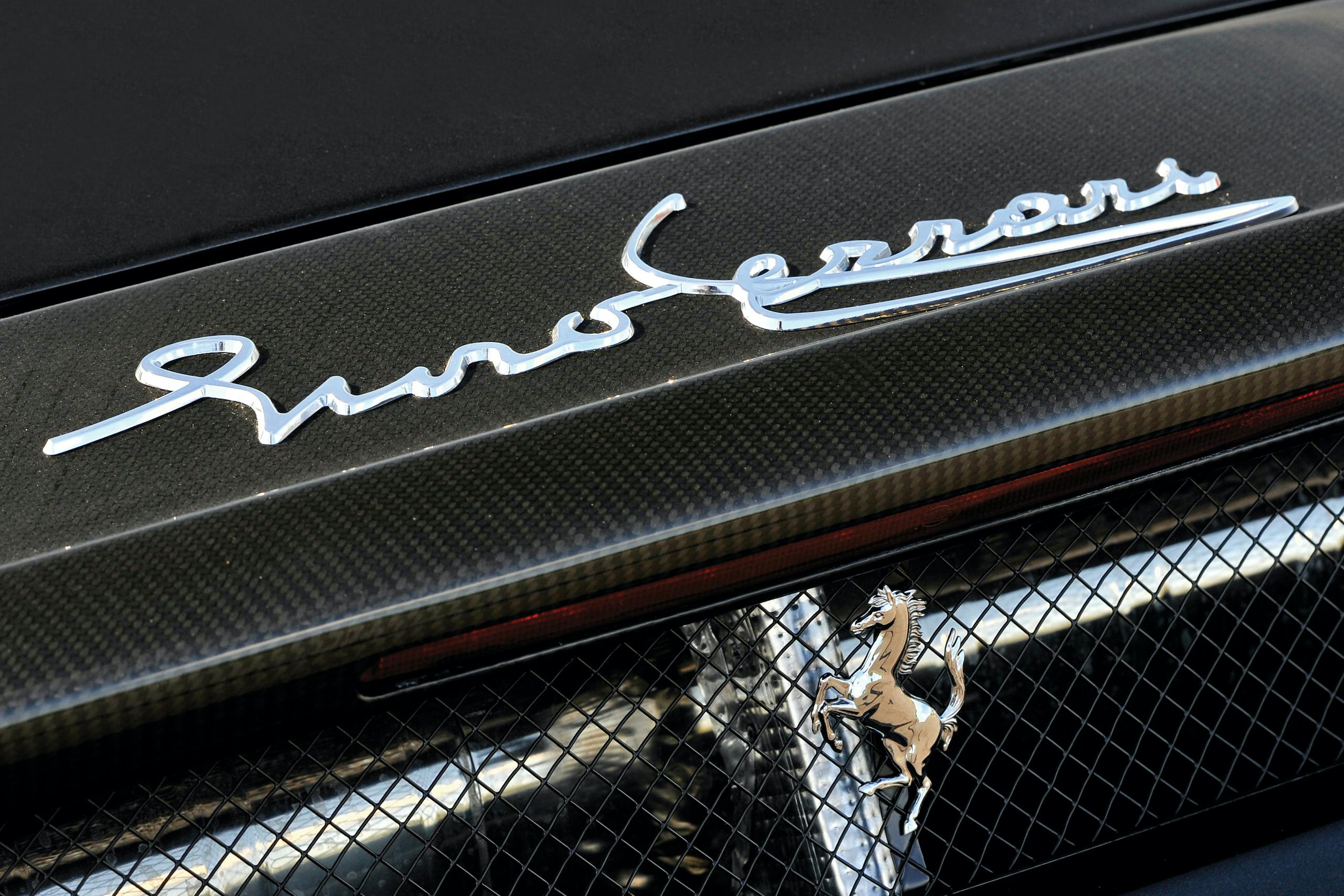What’s in a name? For Enzo Ferrari, quite a bit
Today is Enzo Ferrari’s birthday. To honor the automotive titan, let’s take a look at the supercar that bears his given name, the 2003–2004 Ferrari Enzo, and the power it continues to hold over Ferrari collectors.
From tech marvel to modern classic
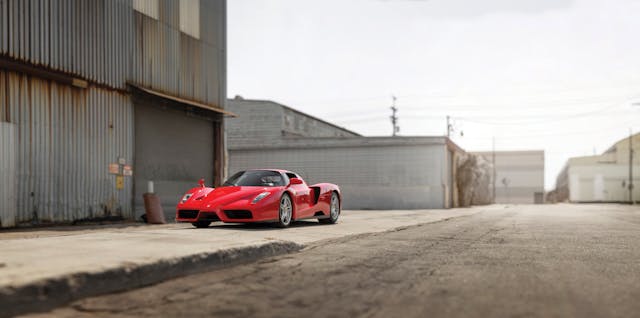
The Enzo was a modern marvel of its time. Like the Ferrari F50 that preceded it, the Enzo featured technology developed from Formula 1, including a carbon-fiber tub, push-rod suspension, carbon-ceramic brakes, and Ferrari’s six-speed “F1” automated manual.
Ferrari developed an all-new 6.0-liter V-12 for the Enzo, which produced an astonishing 660 horsepower, making it the most powerful naturally-aspirated car in the world. Evolutions of this engine would go on to be used in the 599, F12, 812, FF, and GTC4Lusso. It was combined with an electric motor in the LaFerrari.
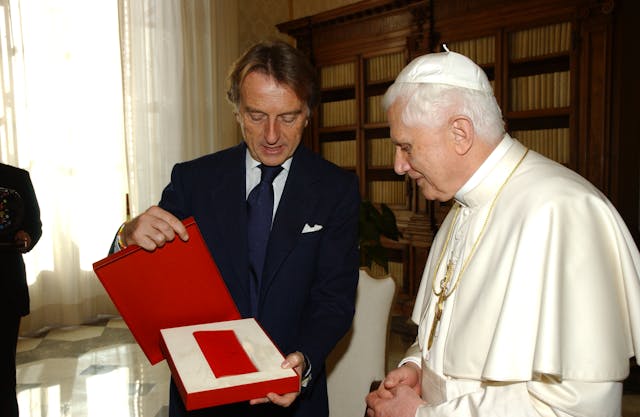
Ferrari officially built 399 cars for the public with the 400th and final Enzo donated to Pope John Paul II. A year later, Papa’s Enzo was auctioned off to benefit tsunami victims, somehow selling for only $1.1M. This same car sold in 2015 at Monterey for over $6M, sans charity. Enzos that missed out on a blessing from His Holiness have seen similar increases in value. In fact, although Ferrari initially sold the Enzo at $670,000, values never really dropped below $1M.
Part of the reason for the Enzo’s increase appears to be the rising tide of ultra-expensive supercars. The Bugatti Veyron, released a year after Enzo production ceased, created a market for million-dollar new cars. The launch of the LaFerrari, priced around $1.5M, also seems to have contributed further to its predecessor’s surge.
The king of modern Ferraris
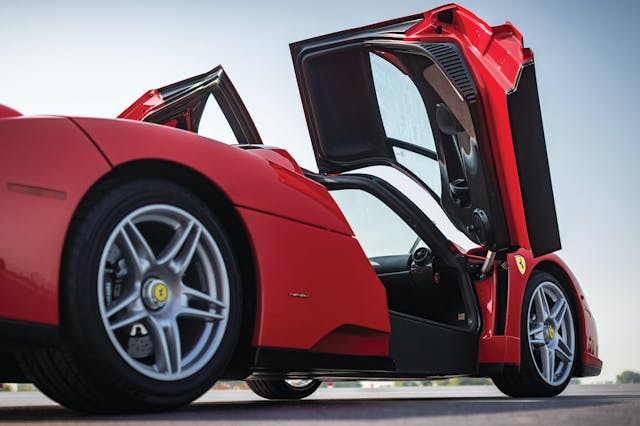
The Enzo’s dominance over other modern Ferraris is harder to explain. Aside from a moment in 2015 when the 288 GTO was top dog, the Enzo has remained the most valuable of Ferrari’s modern halo cars, excepting LaFerrari. Even that modern hypercar, despite being a decade newer and considerably quicker than the Enzo, maintains only a slight edge in value.
Technology isn’t the answer. True, the Enzo’s racing-derived chassis and suspension was highly advanced for the early 2000s. But Ferrari halo cars have always represented peak car design and technology of their time and have, arguably, represented bigger leaps. The Ferrari F40 and 288 GTO of the 1980s were raw, turbocharged wedges that pushed the speed boundary over 200 mph. The LaFerrari brought electric motors into the picture.
Conversely, the Enzo can’t even claim to be the most analog of modern Ferraris. Of the five king Ferraris, the F50 and Enzo are the only cars powered solely by a naturally-aspirated V-12, but the F50 was offered with a gated six-speed manual, an option for which collectors have payed more when equipped on other modern Ferraris. Yet a 1996 Ferrari F50 is only worth three-fourths as much as a 2004 Ferrari Enzo.
Production numbers aren’t at play. In fact, the F50 is rarer, as only 359 were produced. And just like the Enzo, it was sold new only to buyers selected by Ferrari (partly as a curb against the sort of speculators who had pushed F40 values to wild heights in the late 1980s).
Appearance could be a factor. Neither the F50 nor the Enzo were considered beautiful in their day, but the Enzo’s edginess has arguably aged better than the blandness of the earlier F50.
Long live Enzo
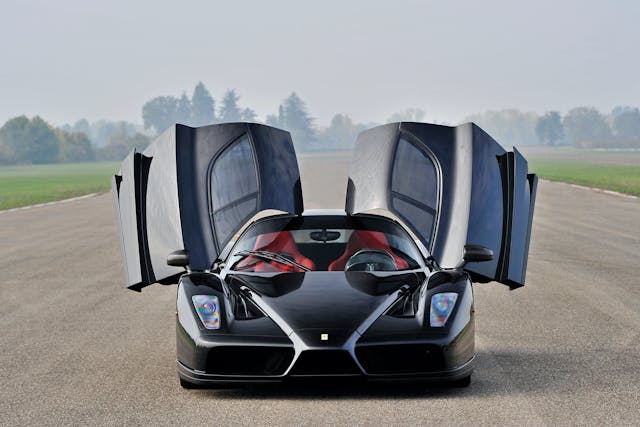
Perhaps the Enzo’s appeal comes down to, well, Enzo. The car seems to capture a lot of the man’s mystique; the engine format is the one that made Ferraris famous, and the technology boasts conspicuous ties to Maranello’s Formula 1 dominance (the Enzo’s production coincided with the Scuderia’s most successful run since the 1970s).
Perhaps the best evidence of the power of the Enzo name comes from a Maserati. The 2004–2005 Maserati MC12 was based on the Enzo and is significantly rarer. Yet it is typically insured at a 10 percent discount to the Enzo.

Whatever the reasons, we expect the Enzo to remain a highly collectible Ferrari for years to come. Using Hagerty insurance quotes as a sign of buying intent, we see that the Enzo gets lots of attention from younger buyers, particularly Gen-Xers. In contrast, the Ferrari F50 gets attention almost exclusively from baby boomers, who provide 85 percent of quotes. Gen-Xers also account for a very high percentage—42 percent—of the buyer pool for the F40, which is, incidentally, the last car in which Enzo had personal involvement developing before he passed in 1988.
We like to think il Commendatore, who would have turned 123 today, would be pleased (but not surprised) to learn his name still matters for Ferrari owners.
